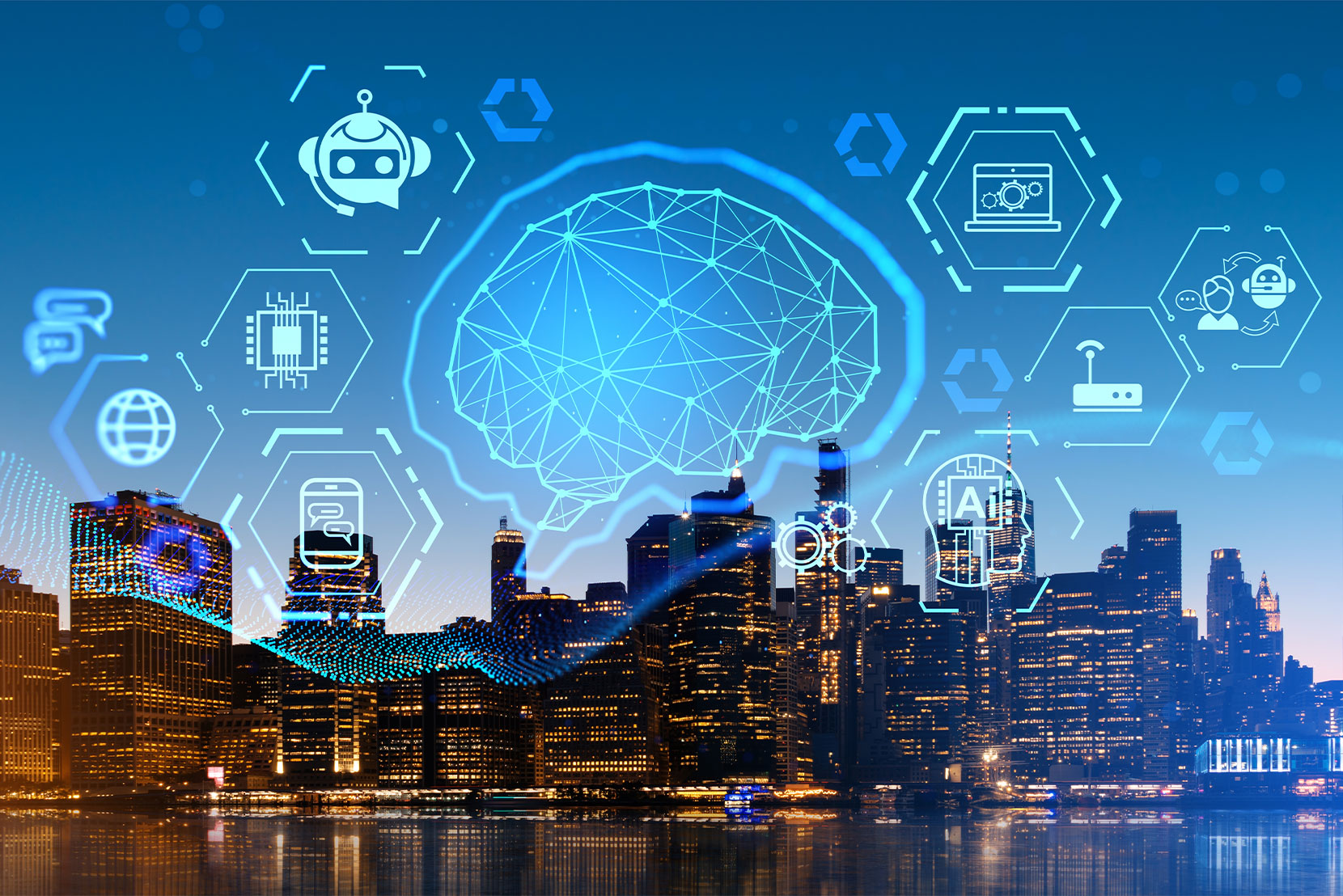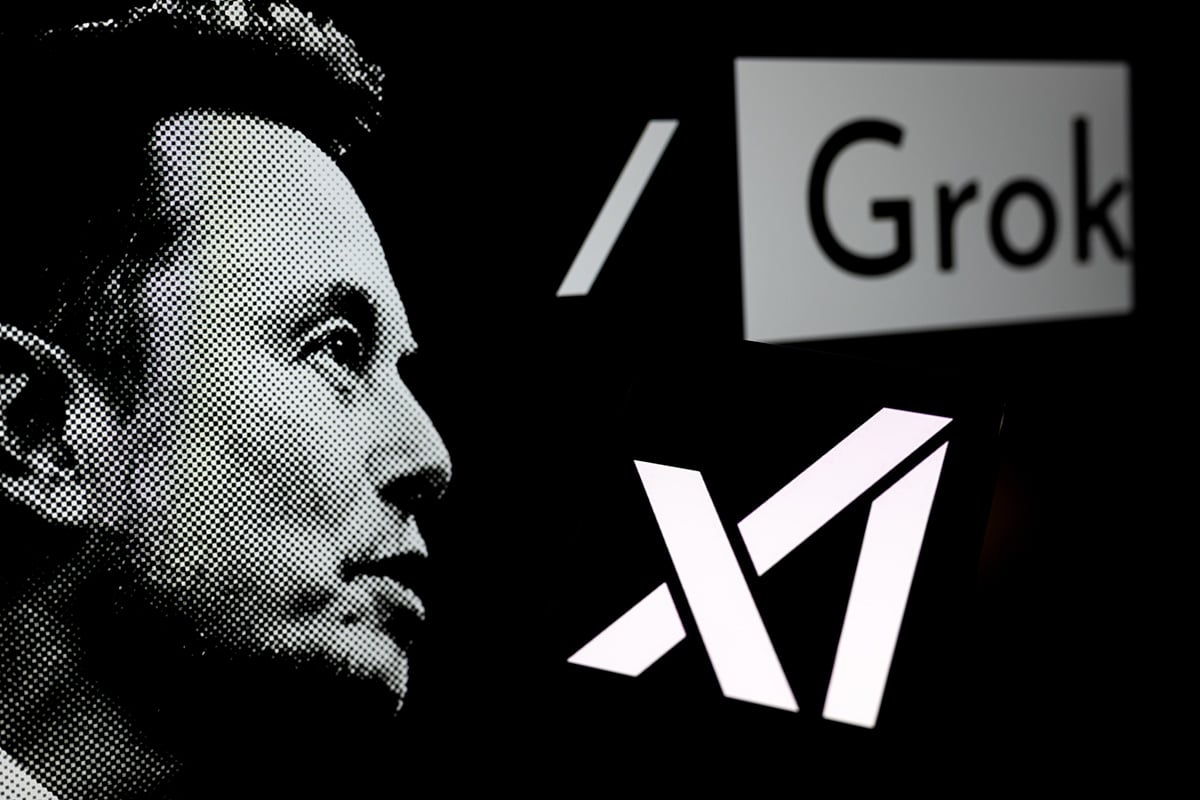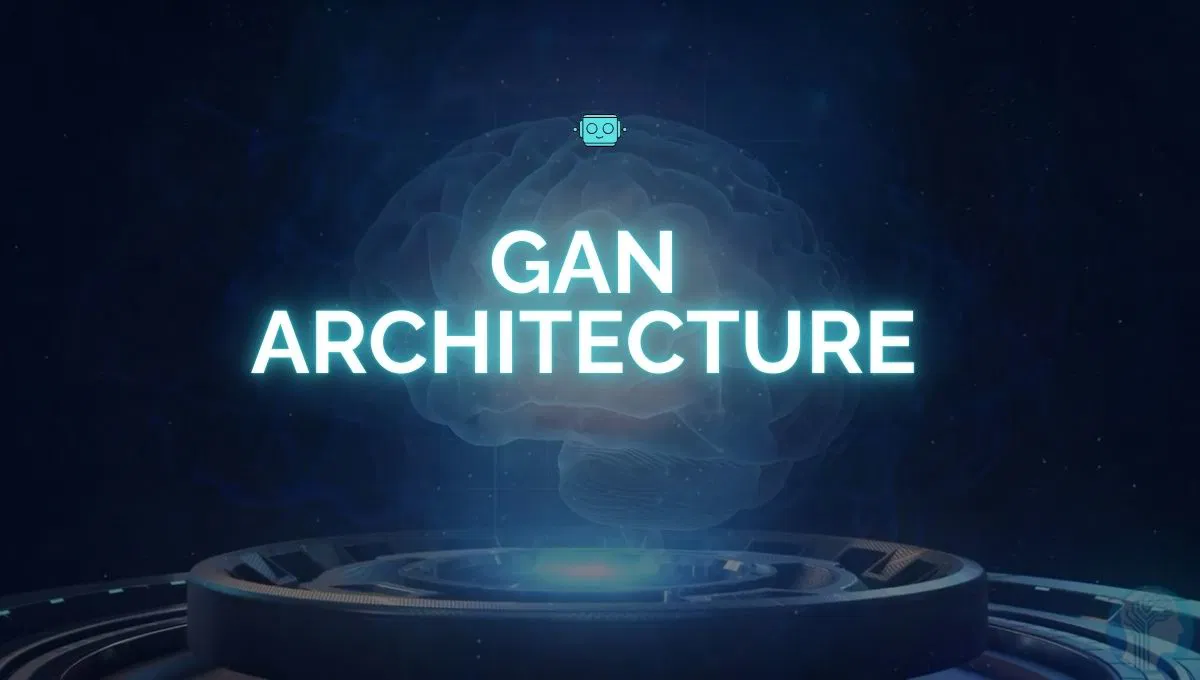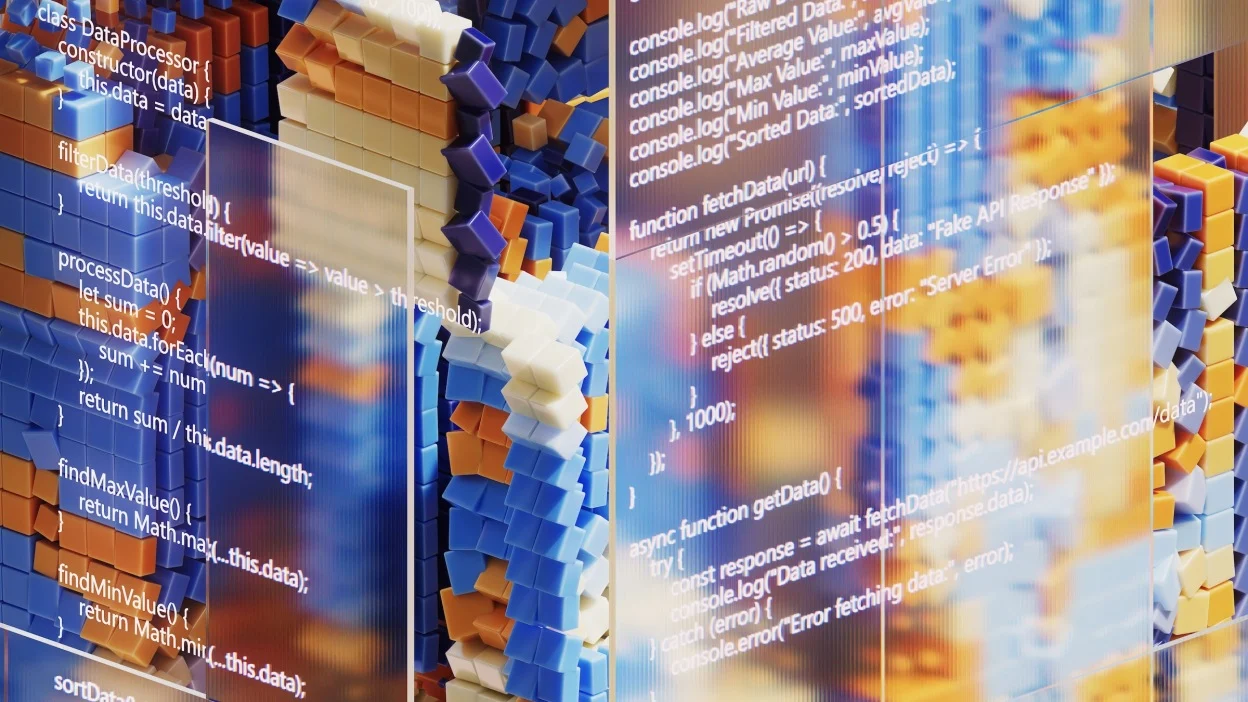
Artificial Intelligence (AI) has transformed how we interact with technology, from chatbots answering customer queries to coding assistants streamlining software development. However, even the most advanced large language models (LLMs) like Claude, ChatGPT, or LLaMA have a critical limitation: they’re often isolated from real-world data and tools. This isolation makes it challenging for AI to deliver contextually relevant, actionable results without custom integrations for every tool or data source. Enter the Model Context Protocol (MCP), a groundbreaking open standard that’s redefining how AI connects to the world.In this blog, we’ll explore what MCP is, how it works, its real-world applications, and why it’s becoming a cornerstone of AI development.
What is the Model Context Protocol (MCP)?The Model Context Protocol (MCP), introduced by Anthropic in November 2024, is an open-source framework designed to standardize how AI systems, particularly LLMs, integrate with external tools, data sources, and systems. Think of MCP as a universal adapter—like a USB-C port for AI applications—that allows seamless connections between AI models and diverse resources such as databases, APIs, file systems, or business tools.
Before MCP, integrating an AI model with external systems was a messy, time-consuming process. Developers had to build custom connectors for each data source or tool, leading to what Anthropic calls the “N×M problem”—where N AI applications and M tools required N×M unique integrations. This resulted in duplicated efforts, inconsistent implementations, and scalability challenges. MCP solves this by transforming it into an “N+M problem,” where developers build N MCP clients for AI applications and M MCP servers for tools, making integrations reusable and scalable.
How Does MCP Work?MCP operates on a client-server architecture, enabling AI applications to communicate with external systems through a standardized protocol. Here’s a simplified breakdown of how it works:
- Initialization: When an AI application (the MCP Host) starts, it creates MCP Clients that connect to MCP Servers. These clients exchange information about capabilities and protocol versions through a handshake.
- Discovery: The client requests a list of available tools, resources, and prompts from the server. The server responds with descriptions of what it can do, such as accessing a GitHub repository or querying a database.
- Context Provision: The host application makes these resources and tools available to the AI model, which can then use them to enrich its context or perform actions. For example, an AI might pull data from a CRM system or execute a command to update a file.
- Tool Execution and Response: When a user interacts with the AI, the model decides which tools or resources to use based on the query. The MCP client sends a request to the appropriate server, which processes it and returns the results. The AI then incorporates this data into its response, delivering accurate and contextually relevant answers.
MCP supports various transport layers (e.g., WebSockets, HTTP, or stdio) and includes security features like OAuth 2.1 for authentication, ensuring data privacy and controlled access.
Key Components of MCPMCP’s power lies in its ability to standardize three core elements:
- Resources: Data sources like files, databases, or APIs that provide information without performing complex computations. These are akin to GET endpoints in a REST API, offering read-only access to data.
- Tools: Functions that allow the AI to take action, such as sending a Slack message, running a script, or updating a database. Tools enable AI to go beyond answering questions to performing tasks.
- Prompts: Predefined templates that guide how the AI interacts with tools or resources, ensuring optimal use of external systems.
These components work together to make AI systems more context-aware and capable of multi-step workflows, such as fetching data, processing it, and logging results—all in a seamless, standardized way.
Why MCP MattersMCP is more than just a technical protocol; it’s a game-changer for AI development and deployment. Here’s why it’s generating buzz in the AI community:1. Simplifies IntegrationMCP eliminates the need for custom integrations by providing a single protocol for connecting AI to various tools and data sources. This reduces development time and makes it easier to scale AI applications across industries.
2. Enhances Context-AwarenessAI models thrive on context. MCP allows LLMs to access real-time data—like sales figures, project files, or market trends—making their responses more relevant and actionable. For instance, a customer support chatbot can pull the latest product details or user account information to provide accurate answers.
3. Promotes InteroperabilityAs an open standard, MCP fosters a growing ecosystem of compatible tools and services. Companies like AWS, GitHub, OpenAI, and Google DeepMind have adopted MCP, and over 1,000 open-source connectors have emerged since its launch. This interoperability means new tools can be instantly utilized by any MCP-compliant AI system.
4. Ensures Security and PrivacyMCP incorporates robust security features, such as OAuth 2.1 and user-consent mechanisms, to ensure that AI models only access authorized data. This is critical for enterprises handling sensitive information, as it minimizes risks like data leaks or unauthorized actions.
5. Enables Autonomous AI AgentsMCP empowers AI to perform complex, multi-step tasks autonomously. For example, an AI agent could fetch data from a CRM, send an email, and log the interaction in a database—all without human intervention. This capability is driving the rise of “agentic” AI systems that act as proactive assistants.
Real-World Applications of MCPMCP’s versatility makes it applicable across various domains. Here are a few exciting use cases:
- Software Development: Integrated Development Environments (IDEs) like Zed and Replit use MCP to give AI coding assistants real-time access to project files, Git repositories, and code analysis tools. This enables features like automated code reviews or “vibe coding,” where AI provides continuous, context-aware assistance.
- Business Automation: Enterprises use MCP to integrate AI with tools like Slack, Salesforce, or Notion, automating workflows such as updating records, sending notifications, or generating reports.
- Academic Research: MCP enables AI to interact with reference management systems like Zotero, allowing researchers to perform semantic searches, extract PDF annotations, or generate literature reviews.
- Creative Workflows: Tools like Blender-MCP allow AI to control 3D modeling software, enabling prompt-assisted scene creation and manipulation.
- Enterprise Chatbots: MCP-powered chatbots can access internal databases or APIs to provide real-time, accurate responses, enhancing customer support or internal operations.
Challenges and ConsiderationsWhile MCP is a significant leap forward, it’s not without challenges:
- Sparse Documentation: Early adopters have noted that MCP’s documentation can be unclear, with vague error messages and evolving specifications. This can make implementation tricky for developers new to the protocol.
- Security Risks: MCP’s ability to execute arbitrary code via tools introduces risks like prompt injection or malicious servers. Developers must implement robust access controls and pin server versions to mitigate these threats.
- Learning Curve: For non-technical users, MCP’s client-server architecture and technical nature can be daunting. Tools like Zapier Agents offer a more user-friendly alternative for non-developers.
Despite these challenges, MCP’s open-source nature and growing community support are addressing these issues through improved documentation, SDKs, and pre-built connectors.
Getting Started with MCPReady to explore MCP? Here’s how you can dive in:
- Read the Official Documentation: Visit modelcontextprotocol.io for guides, tutorials, and the official specification.
- Explore SDKs: MCP offers SDKs in languages like Python, TypeScript, C#, Go, and Kotlin, making it easy to build servers and clients.
- Try Pre-Built Servers: Start with pre-built MCP servers for popular tools like Google Drive, GitHub, or Slack, available on GitHub.
- Join the Community: Contribute to MCP’s open-source ecosystem by submitting bug reports, feature requests, or new servers via GitHub.
- Experiment with Copilot Studio: Microsoft Copilot Studio’s MCP integration allows you to connect AI agents to external data sources with minimal setup.
The Future of MCPSince its launch, MCP has gained rapid traction, with adoption by major players like OpenAI, Google DeepMind, Microsoft, and AWS, as well as thousands of open-source contributors. Its ability to standardize AI-tool integration is paving the way for a new era of context-aware, autonomous AI agents. As Demis Hassabis, CEO of Google DeepMind, noted in April 2025, MCP is “rapidly becoming an open standard for the AI agentic era.”
Looking ahead, MCP is expected to evolve with features like standardized server discovery and enhanced tracing, making it even more robust and user-friendly. As the ecosystem grows, MCP could become as foundational to AI as HTTP is to the internet, enabling seamless, secure, and scalable connections between AI and the world.
ConclusionThe Model Context Protocol (MCP) is transforming how AI interacts with the real world, breaking down the barriers of information silos and custom integrations. By providing a standardized, secure, and flexible framework, MCP empowers developers to build smarter, more capable AI applications that can retrieve data, perform actions, and automate workflows with ease. Whether you’re a developer building an AI-powered IDE or a business looking to automate processes, MCP offers a powerful tool to unlock AI’s full potential.Have you started experimenting with MCP? Share your thoughts or projects in the comments below, or join the growing MCP community to shape the future of AI integration!For more information, check out the official MCP documentation at modelcontextprotocol.io or explore the open-source repositories on GitHub.







